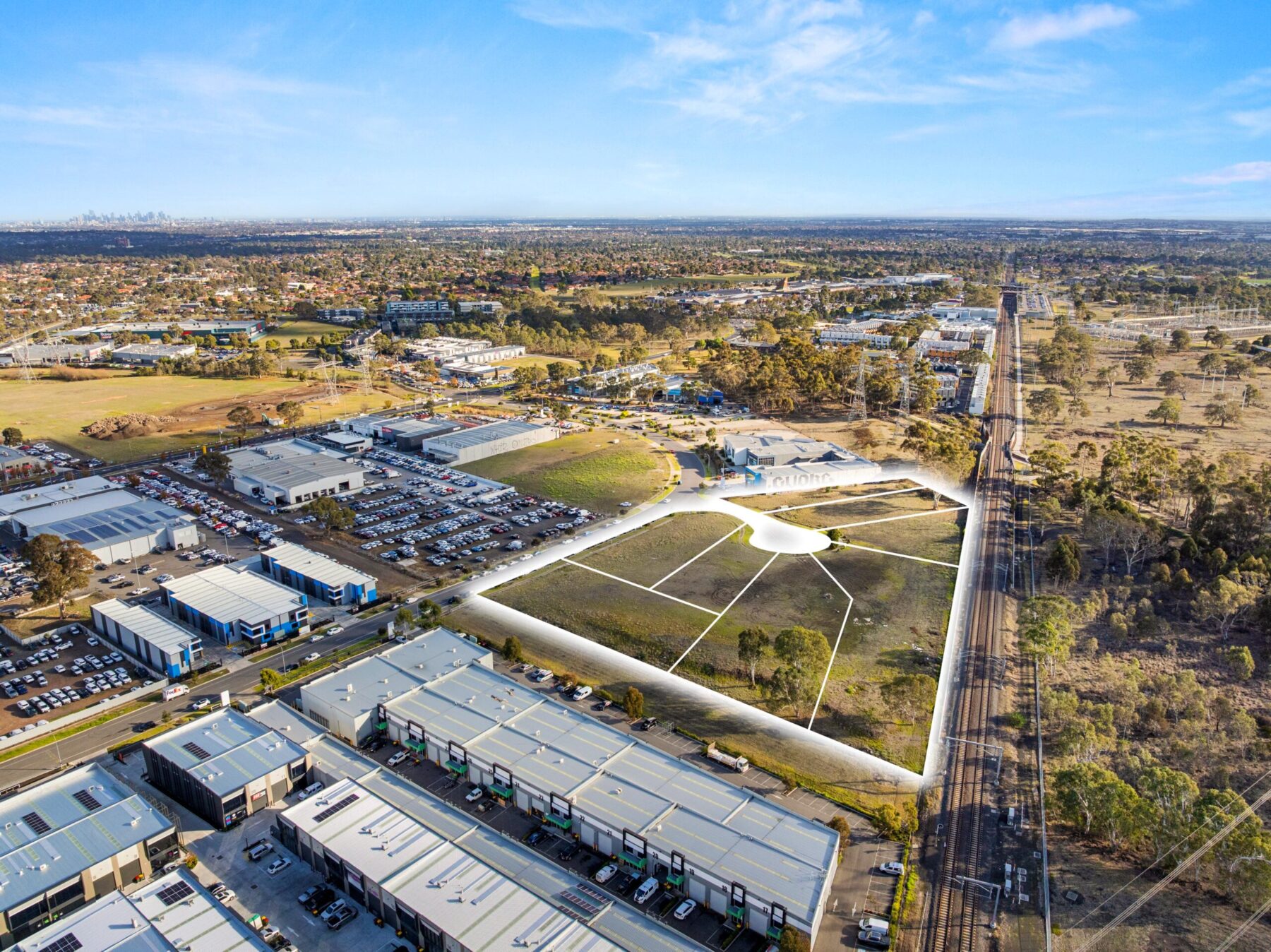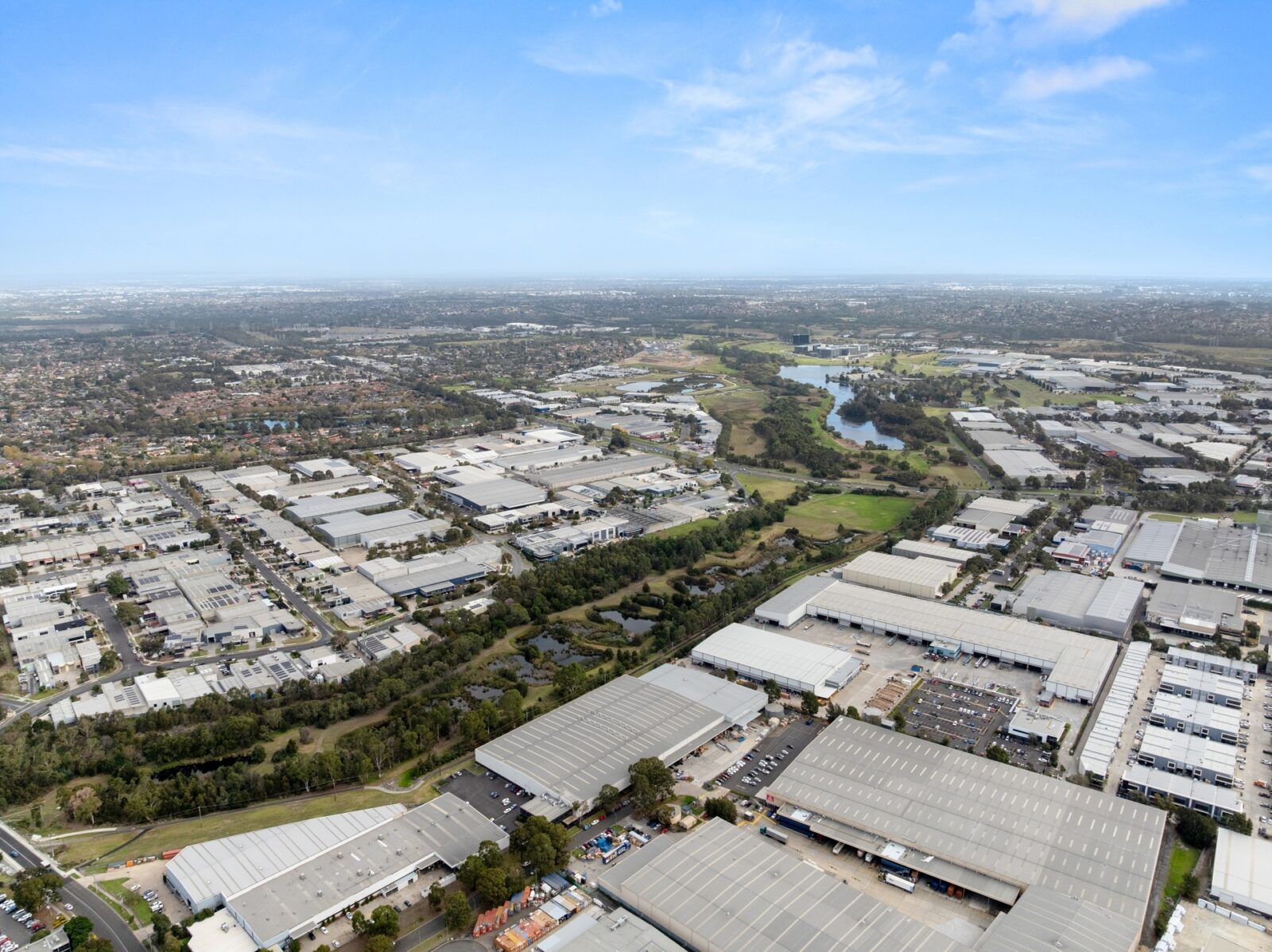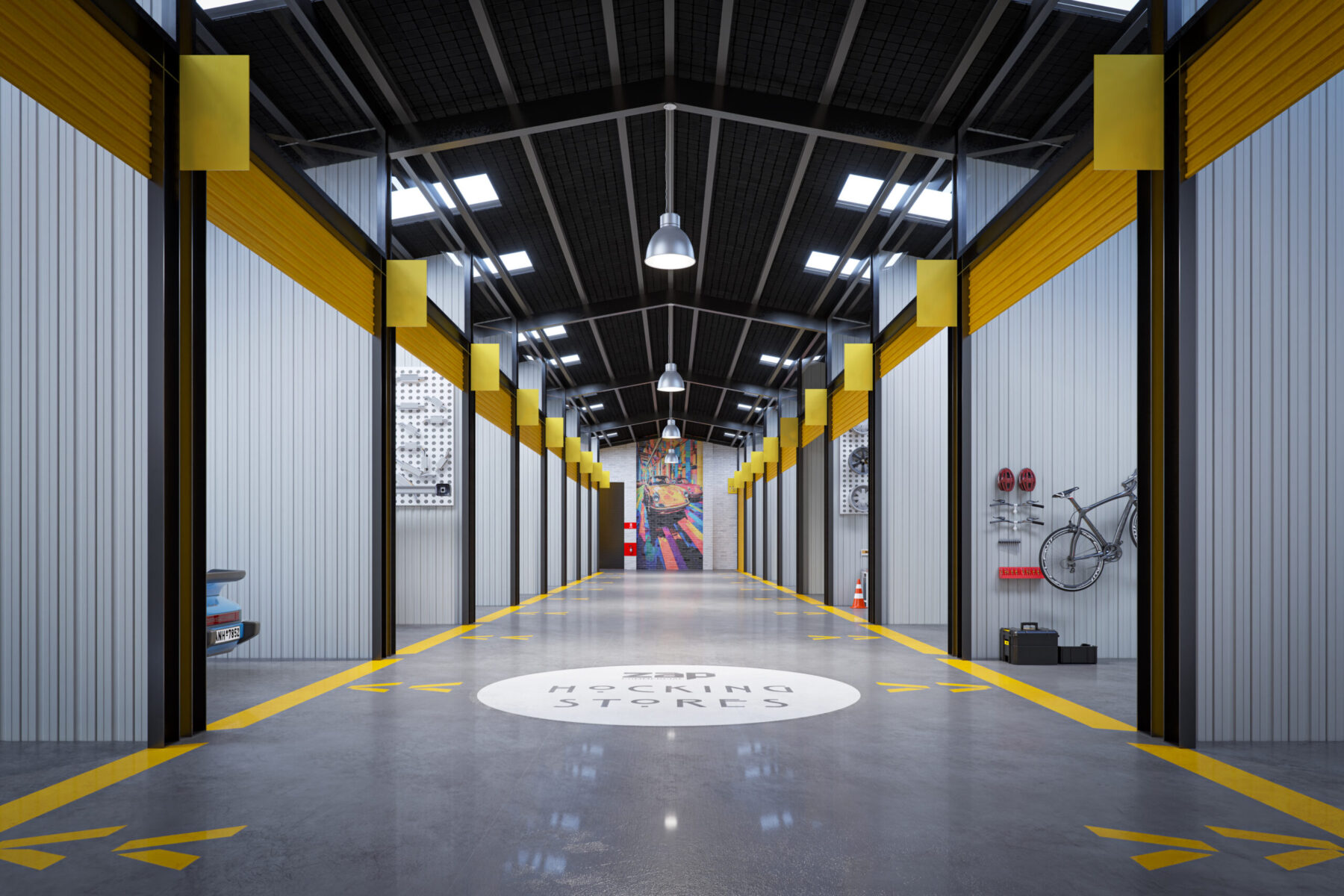Industrial set to remain the golden child for property investors, amid 2023 pricing reset
16 February 2023
Although, $7.9 billion of industrial and logistics assets traded nationally in 2022, down 50% from the record level in 2021, asset repricing mid 2023 will attract increased capital.
Outperforming returns from office and retail assets for the past five consecutive years, the industrial and logistics sector remains better placed than most to weather market uncertainty this year due to a confluence of yield stabilising and increasing rents, according to Colliers’ latest investment research.
This year will be another chapter in Industrial’s David and Goliath story – after only starting to attract institutional investors of scale in the early 2000s, the sector has provided around tripple the returns of office and retail sectors over the past two years and has been the catalyst behind the growing weight of capital seeking investment opportunities, inlcuding new market entrants.
While the average deal size fell to $37.7 million in 2022, down from $73.7 million in 2021, and national prime average capital values are expected to drop by around 10% from the pricing peak in late 2021 ($3,415per square metre) by mid-2023, the tables will turn thereafter, according to Colliers’ Head of Industrial Capital Markets, Gavin Bishop.
“Interest rates are expected to moderate mid-year, resulting in an uplift in asset values, driven by yield stabilisation and continued rental growth which will see pricing match peak values recorded in Q1 2022 by the end of 2024.
“Following a slowdown in investment activity over the past six months, new pricing benchmarks in H2 2023 will attract capital which has been sitting on the sidelines, and promote strong investment activity for the second half of the year.”
Domestic institutions (listed and unlisted), often backed by offshore capital, were the most active buyers throughout 2022, accounting for 59% of the assets sold by value nationally. Offshore groups remained active, headlined by ESR and Hines, and low vacancy levels attracted new market entrants such as Greystar. Groups with access to competitive offshore capital are expected to remain the most active when the pricing reset occurs mid-year, and the low vacancy and rental growth trend is met with yield stabilisation after an expansionary cycle from March 2022, according to Colliers’ Director of Research, Luke Crawford.
“Yield stabilisation will be underpinned by the moderation of interest rates and funding costs, determining the price readjustment that many sellers have been waiting for prior to bringing assets to the market.” Mr Crawford said.
“Private investors sold 46% of assets, while corporate sale and leasebacks were less of a feature in 2022.
“Institutional groups were only more active in bringing assets to market in the final quarter of 2022 and this is a trend we expect will play out further in 2023.”
In the current cycle (since Q1 2022), industrial and logistics yields have softened by 85 basis points to date, while selected markets have experienced softening closer to 110 basis points and are predicted to soften around a further 50 basis points by mid-2023 before stabilising and taking the national prime yield to just over 5.25%. Prime yields in Sydney and Melbourne are expected to sit closer to 4.5% and 4.75%, respectively by mid-year.
Stabilising yields will boost the sector’s strong performance in 2023, which is currently underpinned by the occupier market, seeing vacancy rates average 0.6% nationally in 2022, while gross take-up exceeded 4.85 million square metres – a new record.
Occupier demand has also ensured there is the potential for over 3.6 million square metres of new industrial space to be delivered in 2023, with multi-level warehousing now a reality in the Australian market. Demand also saw prime national weighted rents increase by 21.6% across 2022, which is over six times the 10 year annual average of 3.5%.
Mr Bishop commented; “Investors have been motivated by the growth in rents and e-commerce, actively targeting conveniently located infill areas, which represented over half the value of industrial asset transactions for 2022.
“The opportunity presented by imminent rental growth upside also saw the emergence of a two-tiered market last year, with sharper pricing occurring for assets with shorter lease expiry profiles.
“The average WALE in 2022 was 4.0 years, compared to 7.3 in 2021 and 9.9 in 2020, and for shorter WALE assets prospective purchasers have been willing to pay a low initial yield given the immediate upside in rents, which will ensure yields for these assets are expected to see more modest levels of softening over the next six months.”
The Leda Holdings portfolio in Sydney, which offered a WALE of 1.4 years saw three assets sold on an initial yield of 3.05%. However, given the growth in rents, the market yield was around 4.50%. All these assets were located in strong infill markets with very limited supply.
“ESG also remains a focus for all clients as a method to unlock investment from the majority of offshore capital partners, who are looking to park their wealth in transparent and sustainable sources.” Mr Bishop added.
Nationally for 2022, NSW took the lead in terms of overall amount transacted for industrial assets, trading $3.3 billion, followed by VIC at $2.3 billion and QLD at $1.4 billion.
Higher-yielding regional areas benefited from market conditions, with Newcastle, Mackay, Geelong and the Sunshine Coast receiving a capital boost from investment groups that were priced out of core capital cities.
Mr Crawford observed; “Despite reduced activity, the second largest annual volume of Industrial transactions on record was still achieved last year.
“Against a backdrop of an uncertain global market, Australia’s industrial and logistics sector is expected to remain the standout performer in 2023, underpinned by continued asset income growth, which will drive performance over the next 12 months.”



